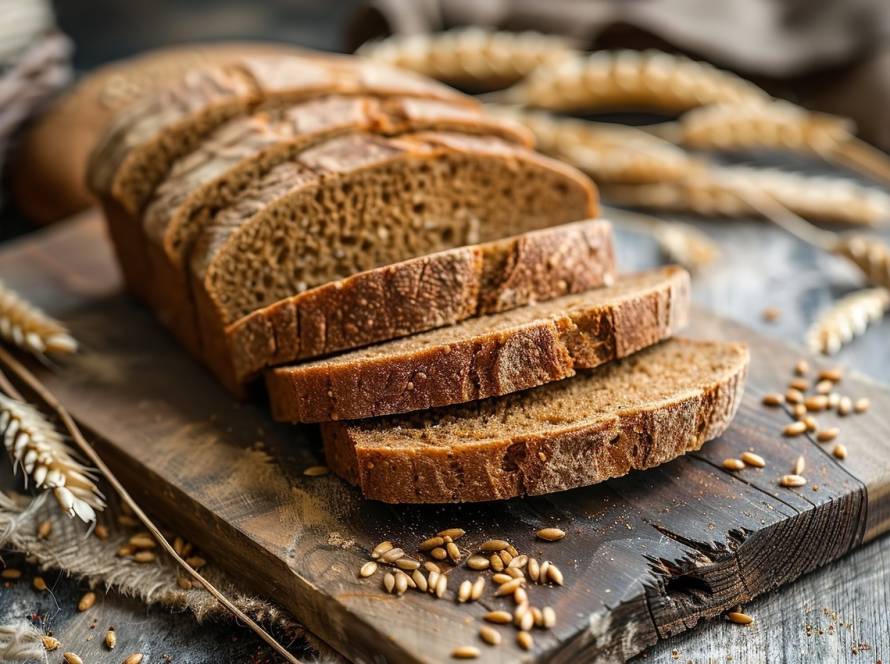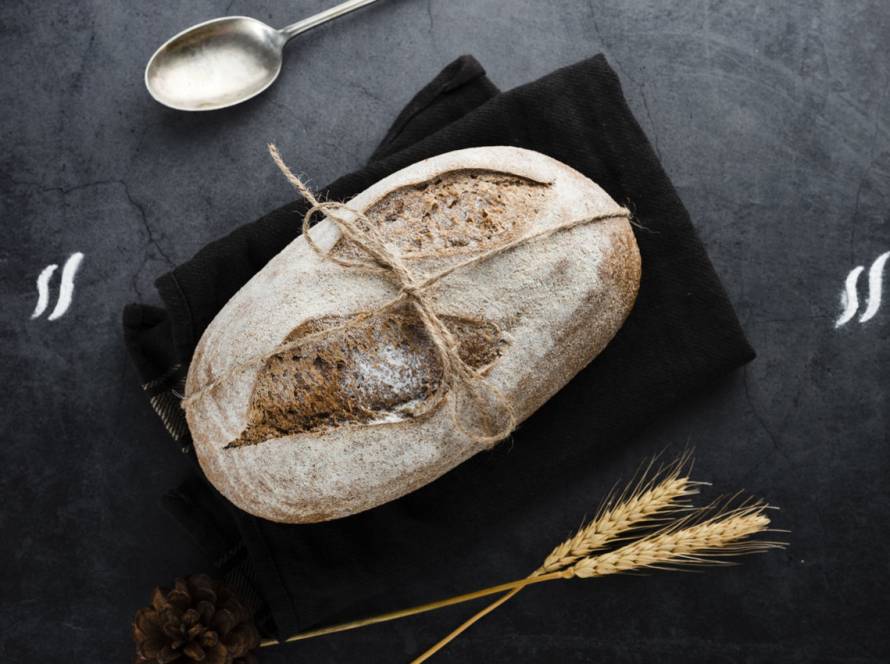Best Gluten-Free Flour Alternatives for Every Recipe
Gluten-free baking is more than a trend—it’s a lifestyle necessity for many, especially those dealing with celiac disease or gluten intolerance. Whether you’re new to the gluten-free lifestyle or a seasoned home baker, finding the right flour alternatives makes all the difference in your baked goods.
Why Flour Alternatives Matter in Gluten-Free Baking
In traditional baking, gluten provides structure, elasticity, and chewiness. Without it, cookies can crumble, cakes may fall flat, and breads might lack that satisfying bite. Choosing the right gluten-free flour alternative helps mimic the effects of gluten, leading to successful bakes every time.
Top Gluten-Free Flour Alternatives
1. Almond Flour
Almond flour is a powerhouse in gluten-free baking. Made from blanched almonds, it has a slightly sweet, nutty flavor and is rich in healthy fats and protein.
- Ideal for: Cookies, brownies, cakes, and quick breads
- Benefits: Grain-free, low-carb, and adds moisture
- Tips: Combine with a denser flour for better structure
2. Coconut Flour
Coconut flour is made from dried coconut meat and is highly absorbent. It imparts a mild coconut flavor and is high in fiber.
- Ideal for: Muffins, pancakes, and low-carb recipes
- Benefits: Keto-friendly and high in fiber
- Tips: Use sparingly—too much can dry out your baking
3. Rice Flour
Rice flour, both white and brown, is a staple in many gluten-free flour blends. It has a light texture and neutral flavor.
- Ideal for: Cakes, cookies, and thickening sauces
- Benefits: Widely available and affordable
- Tips: Combine with binders to enhance structure
4. Sorghum Flour
Sorghum flour is a popular wheat flour alternative in gluten-free baking. It has a mild, sweet flavor and is rich in nutrients.
- Ideal for: Bread, muffins, and pancakes
- Benefits: High in antioxidants and protein
- Tips: Works best in combination with other gluten-free flours
5. Oat Flour
Oat flour is made from ground gluten-free certified oats. It yields a soft texture and mild flavor.
- Ideal for: Cookies, pancakes, and muffins
- Benefits: Good source of fiber
- Tips: Ensure oats are labeled gluten-free to avoid contamination
6. Buckwheat Flour
Don’t let the name fool you—buckwheat is naturally gluten-free and has an earthy, nutty flavor that’s distinct.
- Ideal for: Pancakes, waffles, and rustic breads
- Benefits: High in protein and B vitamins
- Tips: Mix with lighter flours to balance flavors and textures
7. Tapioca Flour
Also known as tapioca starch, this flour is extracted from the cassava root. It’s light and starchy, helping to bind and give elasticity.
- Ideal for: Bread, crusts, and thickening agents
- Benefits: Adds chewiness
- Tips: Often used in combination with other flours
8. Chickpea Flour
Also called gram flour or besan, chickpea flour is made from ground chickpeas. It’s high in protein and lends an earthy flavor.
- Ideal for: Savory breads, flatbreads, and crackers
- Benefits: Nutrient-rich and dense
- Tips: Excellent for binding in recipes
How to Make Your Own Gluten-Free Flour Blend
Most gluten-free bakers find that a single flour doesn’t cut it. That’s why making your own flour blend or using a trusted commercial option is often best. Here’s a basic DIY gluten-free flour blend to get you started:
- 2 cups rice flour
- 2/3 cup potato starch
- 1/3 cup tapioca flour
Optional: Add 1 teaspoon of xanthan gum per cup of flour to improve texture and structure.
Essential Tips for Baking with Gluten-Free Flours
Baking with alternative flours can be tricky, but these key tips can help you achieve success:
- Measure by weight. Gluten-free flours vary dramatically in density. A kitchen scale ensures accuracy.
- Let your batter rest. Give the flour time to absorb liquids and improve texture.
- Use binders. Binders like xanthan gum or psyllium husk help emulate gluten’s stretching ability.
- Don’t overmix. While overmixing can be bad in traditional baking, GF batters benefit from being well-combined for cohesion.
Exploring Wheat-Free Baking Techniques
Beyond flour, consider how other elements can impact your gluten-free treats.
- Eggs: Provide structure and moisture
- Leavening agents: Baking powder and soda help create lift
- Liquid ratios: May need adjustment due to absorbency differences in GF flours
Living a Celiac-Friendly Baking Lifestyle
Cross-contamination is a real concern for people with celiac disease. Always ensure your workspace and tools are free from gluten, and buy ingredients labeled “certified gluten-free.”
For authoritative advice and support, visit Gluten Intolerance Group.
Inspiration for Your Next Bake
Explore more guidance and delicious recipes in our Gluten-Free Baking Tips You Need article, which dives deeper into binders, thickeners, and flours.
Conclusion: Bake Without Boundaries
Gluten-free baking doesn’t mean giving up quality, flavor, or fun. With a range of flour alternatives and some smart techniques, you’ll be able to recreate all your favorite baked goods—and maybe even invent a few new ones. So grab those mixing bowls and start experimenting today!




